Hydroelectric - Hydroelectric Insights

Welcome! Let's dive into the world of hydroelectric power and renewable energy.
Empowering Energy Solutions with AI
How do hydroelectric dams impact local ecosystems and wildlife?
What are the latest advancements in hydroelectric technology?
Can you explain the benefits and challenges of small-scale hydroelectric systems?
How does hydroelectric power contribute to reducing carbon emissions?
Get Embed Code
Introduction to Hydroelectric GPT
Hydroelectric GPT is a specialized conversational model designed to provide insights, answer queries, and engage in discussions centered around hydroelectric power generation and renewable energy. Its core purpose is to disseminate knowledge and foster understanding of the technical, environmental, and policy aspects related to hydroelectric energy. This GPT is equipped with capabilities to analyze and discuss the efficiency, sustainability, and innovation within the hydroelectric sector. For example, it can offer detailed explanations on the workings of hydroelectric dams, the environmental impacts of hydropower, and the role of hydroelectricity in global renewable energy strategies. It serves as a bridge between complex energy concepts and users seeking to understand or expand their knowledge in the renewable energy sphere. Powered by ChatGPT-4o。

Main Functions of Hydroelectric GPT
Technical Explanations
Example
Describing the mechanics of turbine operation in a hydroelectric dam.
Scenario
A student studying renewable energy engineering needs to understand how the design of turbines affects energy conversion efficiency in hydroelectric plants.
Environmental Impact Analysis
Example
Evaluating the ecological consequences of constructing a new hydroelectric facility.
Scenario
An environmental NGO is assessing the potential impacts of a proposed hydroelectric dam on local biodiversity and seeks detailed information on similar cases.
Policy and Regulation Guidance
Example
Explaining the regulatory framework governing hydroelectric power generation in various jurisdictions.
Scenario
A policy maker is drafting legislation to promote the development of renewable energy sources and requires comprehensive insights into best practices and challenges in hydroelectric energy policy.
Innovation and Trends Discussion
Example
Discussing emerging technologies in hydroelectric power generation, like pumped hydro storage.
Scenario
Energy sector professionals are exploring innovative solutions to enhance grid stability and energy storage, seeking information on advancements in hydroelectric technologies.
Ideal Users of Hydroelectric Services
Students and Academics
Individuals engaged in studies or research related to renewable energy, environmental science, or engineering. They benefit from detailed explanations of hydroelectric power systems, case studies, and data analysis to support their educational and research endeavors.
Energy Industry Professionals
Professionals within the energy sector, including engineers, project managers, and policy makers. They require in-depth knowledge of current technologies, regulatory landscapes, and market trends to make informed decisions in project development and policy formulation.
Environmental Advocates and NGOs
Groups and individuals focused on environmental conservation and sustainable development. They benefit from understanding the ecological impacts of hydroelectric projects and the role of hydroelectricity in achieving sustainable energy goals.

How to Utilize Hydroelectric
Start Your Journey
Begin by accessing yeschat.ai for a complimentary trial, bypassing the need for account creation or subscription to ChatGPT Plus.
Explore Hydroelectric Basics
Familiarize yourself with hydroelectric power principles, including how water energy is converted into electricity. This foundational knowledge enhances understanding of use cases.
Identify Your Needs
Determine how hydroelectric information can serve your goals, whether for educational purposes, project planning, or policy analysis.
Engage with Features
Use the tool's functionalities to explore hydroelectric data, simulate scenarios, or access case studies for practical insights.
Apply Insights
Leverage the acquired knowledge in your projects, academic work, or policy development to optimize the use of hydroelectric power.
Try other advanced and practical GPTs
ScaccoAI_blog
Elevate Your Content with AI-Powered Writing
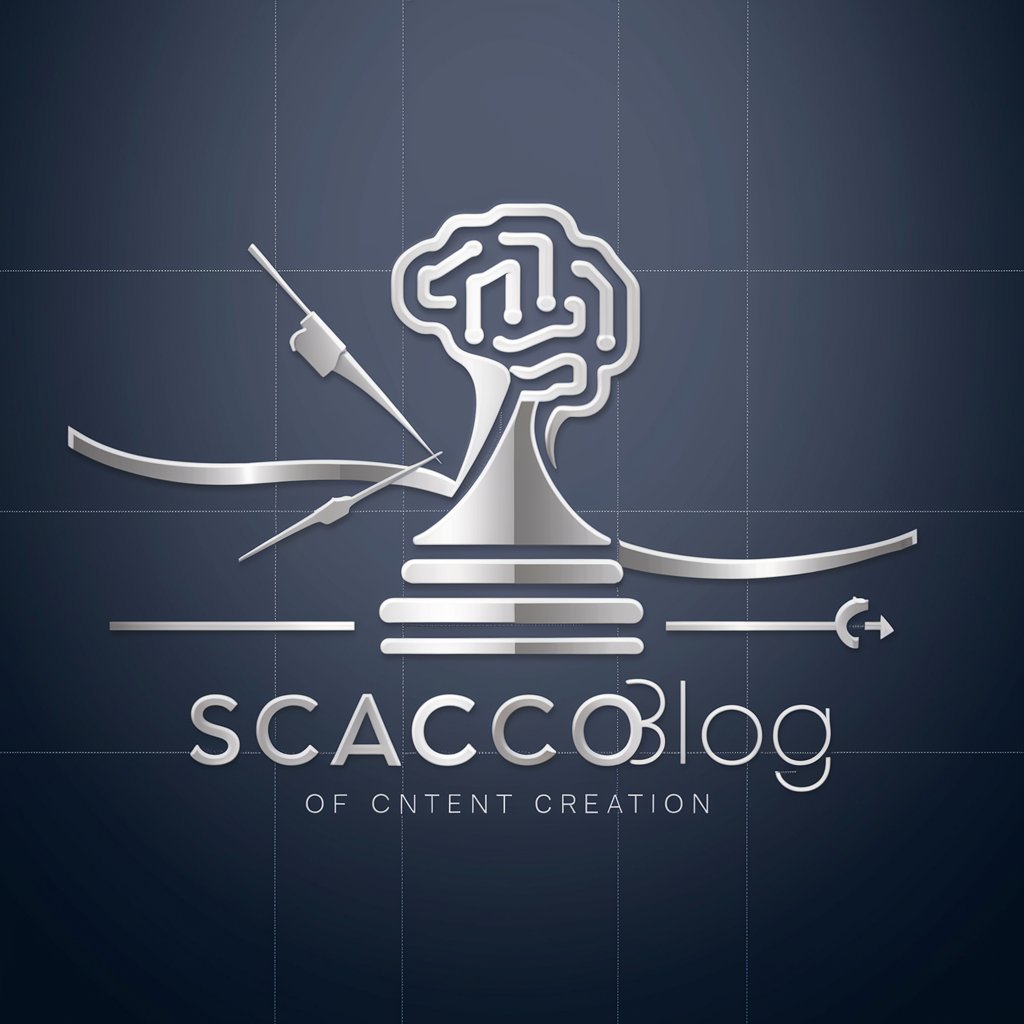
Dad Joke Dave
Bringing dad jokes to the digital age.

EPC Project Planner
Optimize EPC Projects with AI

SEO Blogsmith
Elevate Your Content with AI-Driven SEO
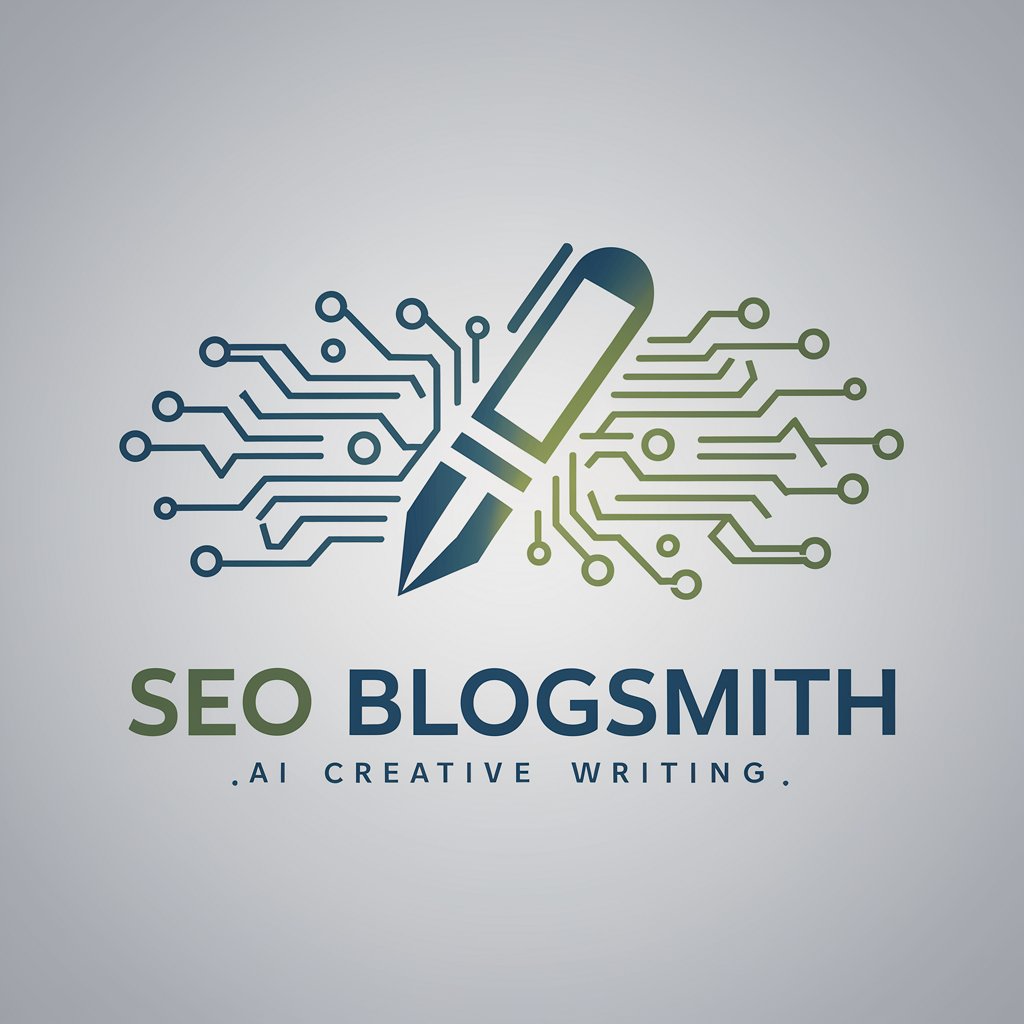
Math Solver
Solve math effortlessly with AI

AI Marketing
Elevate Your Marketing with AI Power
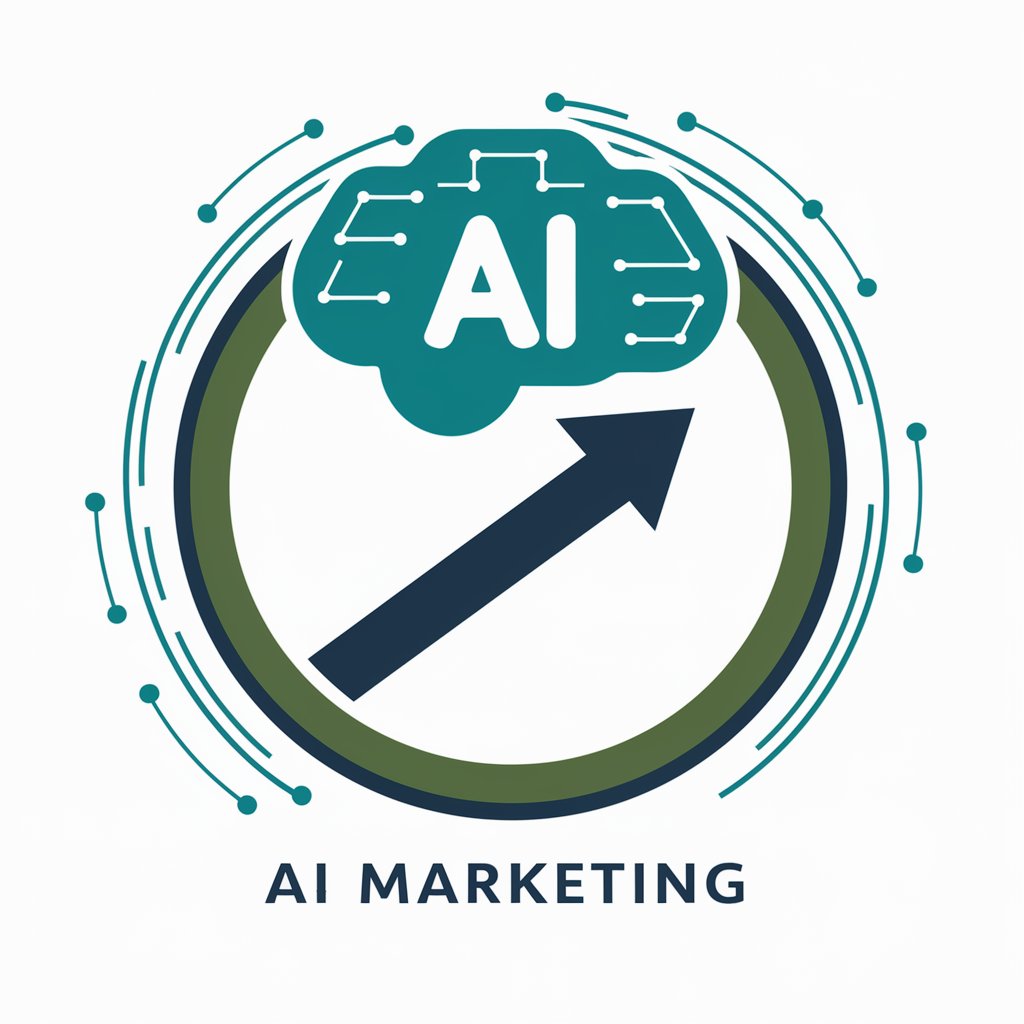
ChandlerGPT
Empowering Decisions with AI

Svensk Lagrådgivare
AI-powered Swedish legal guidance

Assistente Borbulhante
Elevate Your Wine Experience with AI

프로그래머
Elevate Your Code with AI Expertise
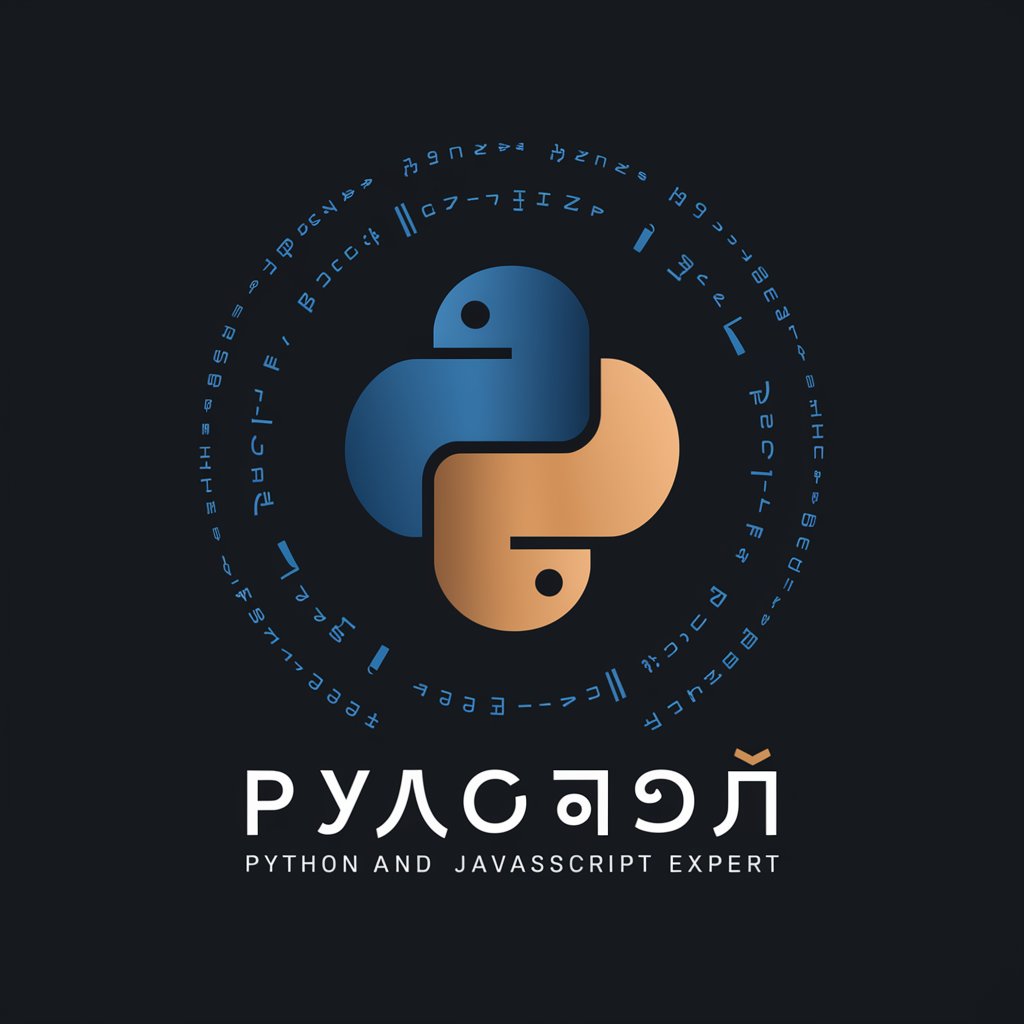
Linki
Enhancing productivity with AI power

Analista de Roteiros
Elevate Your Scripts with AI Insight
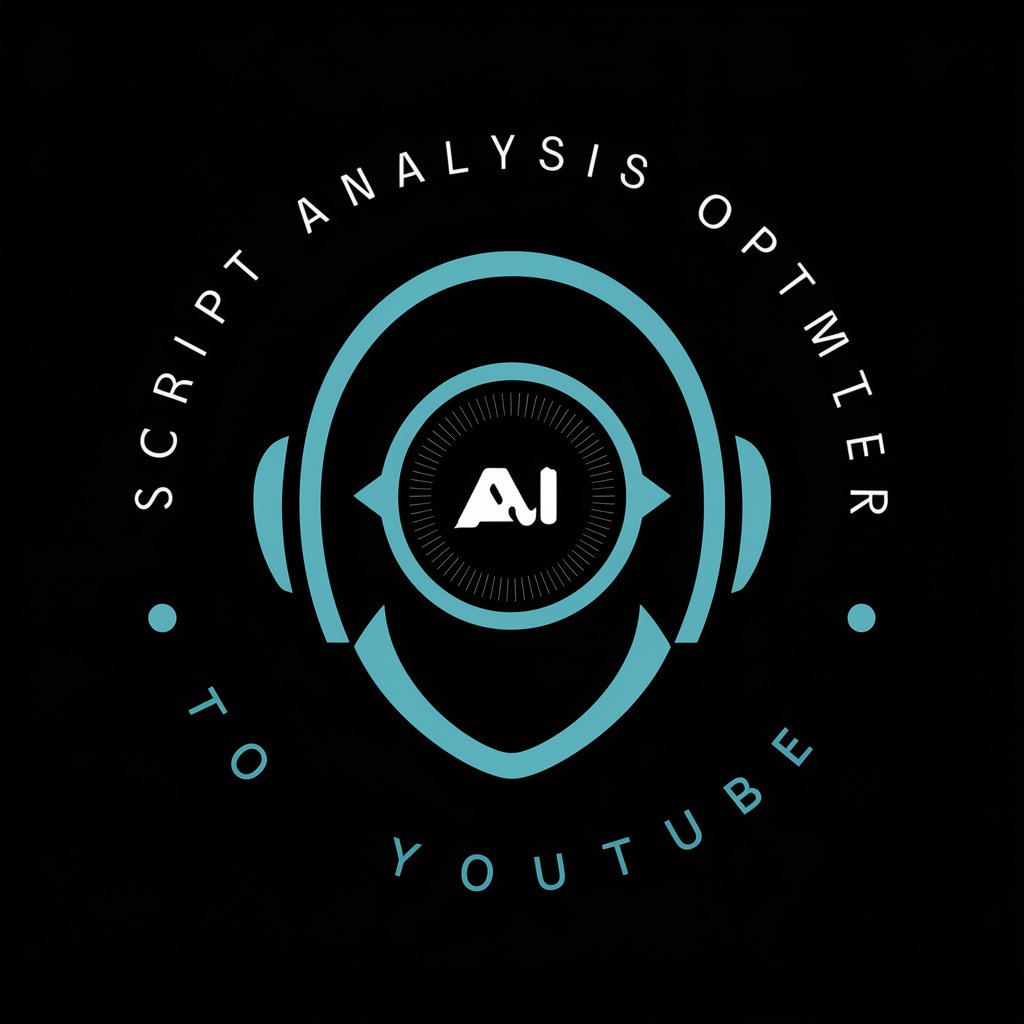
Hydroelectric Q&A
What is hydroelectric power?
Hydroelectric power is electricity generated by converting the energy of moving water, typically through turbines in a dam, into electrical energy.
How does hydroelectric energy contribute to renewable energy goals?
Hydroelectric energy provides a clean, renewable source of power that reduces reliance on fossil fuels, contributing to lower carbon emissions and sustainable energy goals.
What are the environmental impacts of hydroelectric dams?
While hydroelectric power is clean, dam construction can impact local ecosystems, including water flow alteration, habitat disruption, and potential displacement of communities.
Can hydroelectric power be used in small-scale applications?
Yes, micro-hydro systems can generate power for small communities or individual buildings, utilizing small streams or rivers without the need for large dams.
What are the latest advancements in hydroelectric technology?
Recent advancements include improved turbine efficiency, fish-friendly turbines to minimize ecological impacts, and pumped-storage hydroelectricity for better energy storage solutions.
